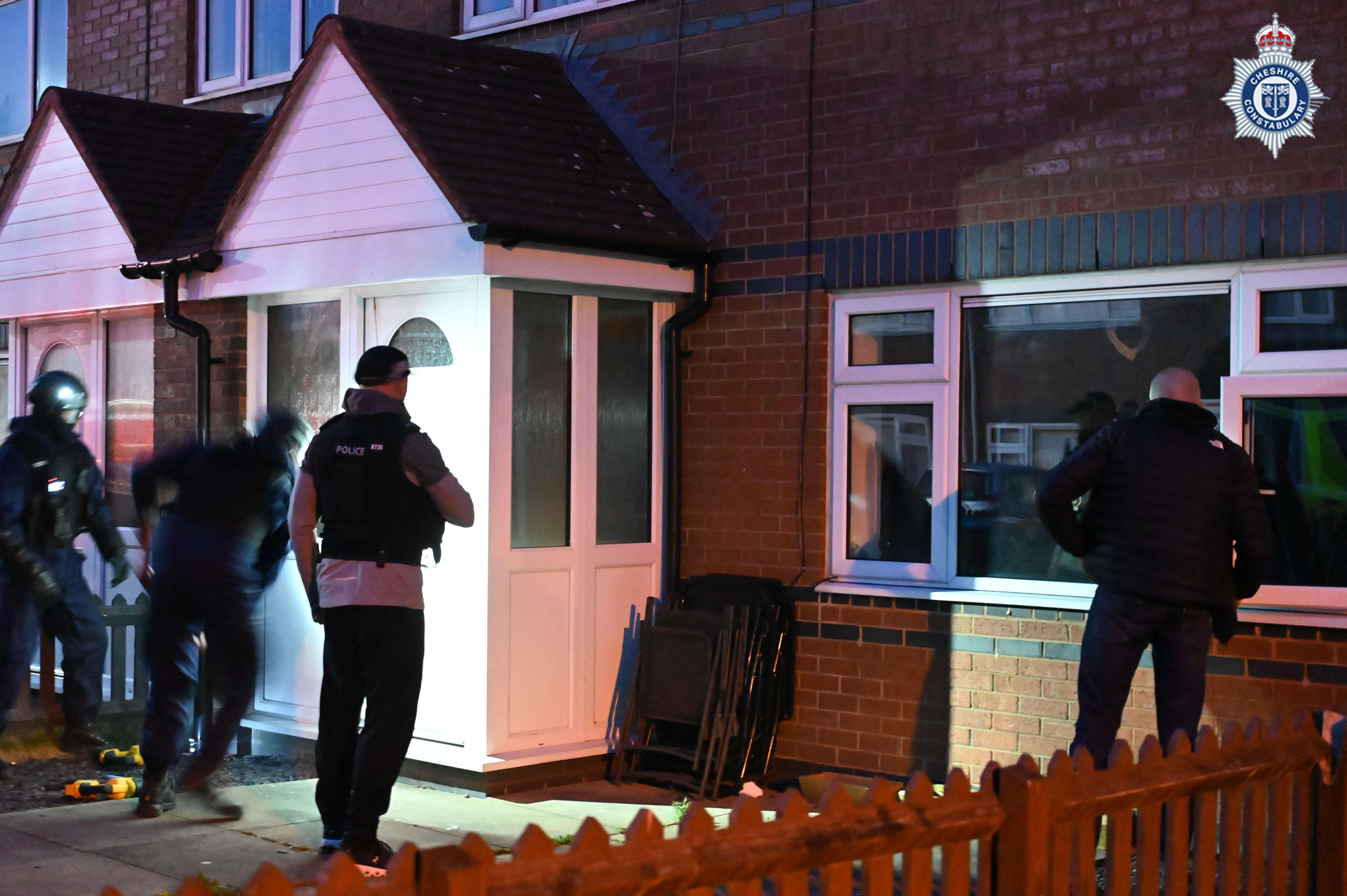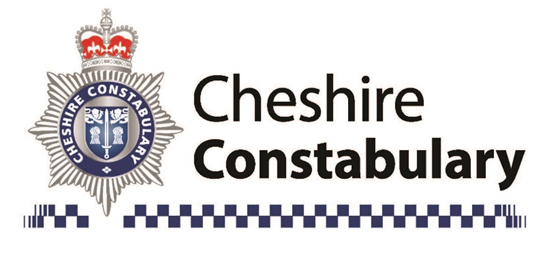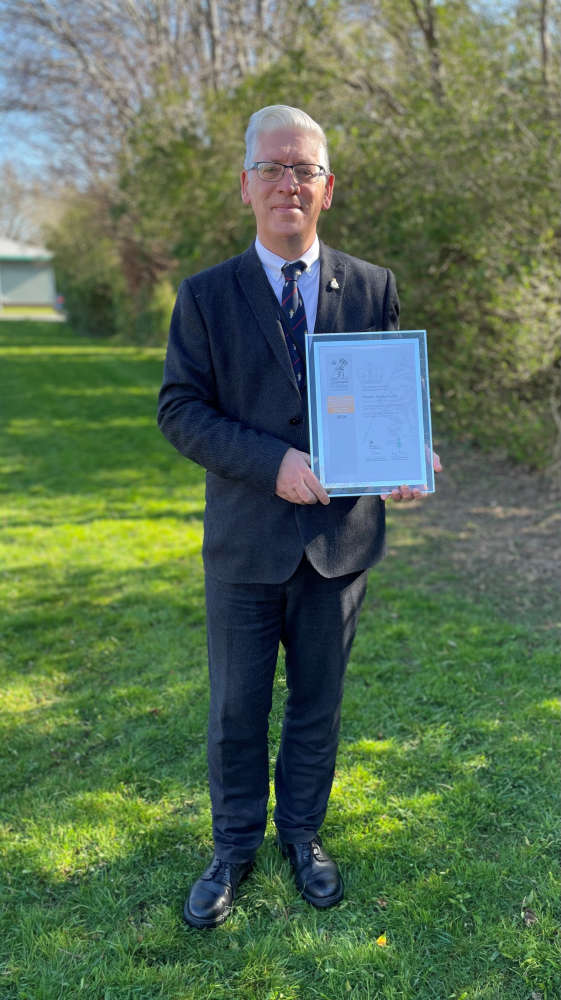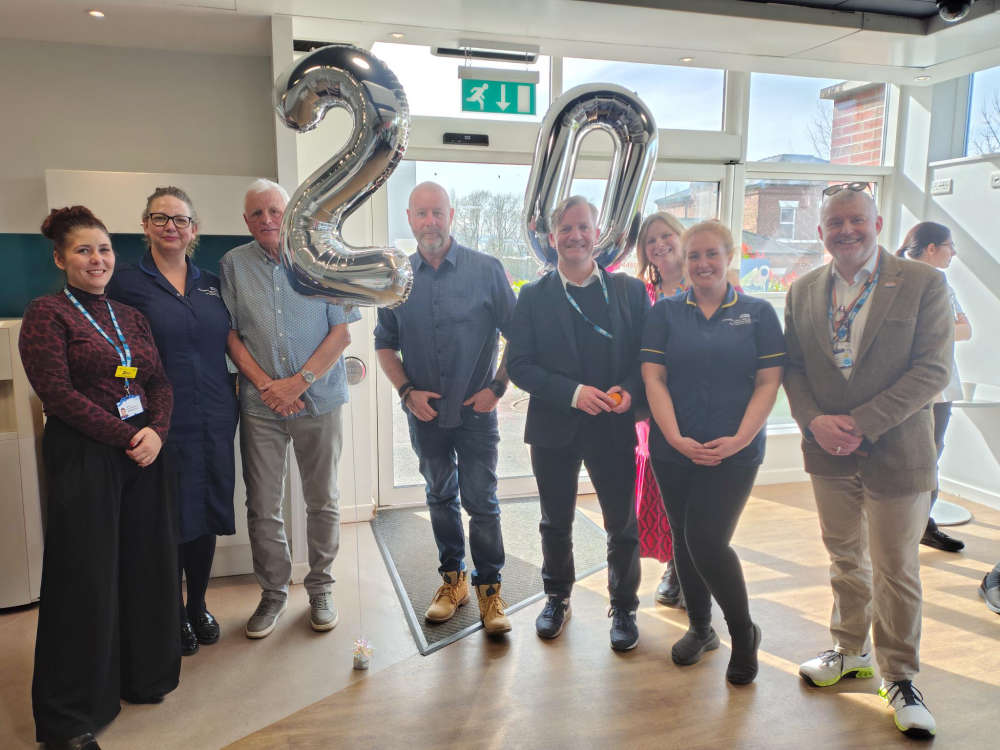
Lecturers at the University of Chester’s Medical School, who wrote a myth busting guide to COVID-19 six months ago, have issued a new blog with the latest advice, in a bid to combat the ‘fake news’ that continues to circulate about the virus.
The updated guide has been written by Dr Gareth Nye, Lecturer in Anatomy and Physiology – and researcher of maternal and fetal health, and Dr Kate Harrison – Lecturer in Immunology and researcher of viral pathology (the study of how viruses cause diseases in their target hosts).
The blog provides some of the information that has been updated over the last six months – such as:
- Only 20% of people show symptoms – though they are the cause of the majority of new infections.
- Recent research has suggested that catching COVID-19 once will not stop you from catching it again.
- The virus spreads in tiny particles and can travel around 1.5 metres away from the source and settle on surfaces. We did think it could survive up to 72 hours on surfaces, but we now know the amount of virus halves every six hours, meaning that something would have to be contaminated with an extremely large amount of virus in order for some to still be present 72 hours later.
The authors tackle common questions, including:
Why can I go to the pub but I can’t see Granny?
These measures are designed to protect our most vulnerable. Trips to work, the pub, the cinema etc are done under the provision that social distancing is maintained or you stay within your household circle. In reality this doesn’t always happen, which is why we see spikes in cases. When visiting a family member in a different household it is extremely difficult to maintain that social distancing. Everyone wants to see family members but particularly vulnerable ones are at such great risk. As we know, only a minority display symptoms and so you can be passing it on without even realising.
Why do we still need to isolate if we have symptoms?
In order for an outbreak of a disease to continue, it must have a constant supply of new people to infect. The easiest way to stop the transmission, and therefore limit an outbreak, is simply to minimise contact with each other, reducing the potential number of new hosts for the virus. This is why we are being told to stay at home as much as possible, to reduce the number of new people that the virus can come into contact with.
The way the virus is currently behaving means you can have it and still be contagious for several days before you even start to show symptoms. The simple answer is, the virus can spread quickly without much effort.
In addition, you never know who you may inadvertently infect. Some people are far more vulnerable to COVID-19 and its severe complications than others, such as those over 60, and people with existing health issues. As shielding has been stopped, this is even more important.
If so many recover, what’s the point?
The main idea of all these measures: social distancing, self-isolation and staying at home is to once again ‘flatten the curve’ particularly in the seasonal cold and flu season, and the annual pressure this puts on the healthcare system as it is.
We only have a finite amount of equipment and NHS staff to help the most seriously affected recover from the disease. We have seen some hospitals struggle to treat everyone who is infected and this may well return. By reducing transmissions and ‘flattening the curve’, ie spreading the total number of infections out over a longer period of time, we are aiming to reduce the amount of serious cases at any one time. This will ease the pressure on the NHS and allow everyone to get treated and have the best chance of survival. Even if a virus isn’t lethal most of the time, it soon can be if the healthcare system is overloaded.
Dr Gareth Nye explains why they decided to revisit their article again: “As lecturers in the Chester Medical School, we have a duty to convey accurate, and up-to-date information to our students – and hopefully, by doing it in this way, we can convey it to a larger audience too. The last six months has seen a massive change in Government policy and scientific research. In March 2020, we provided a myth busting article which aimed to stop the spread of misinformation. After six months, and a flood of new information and new regulations, it felt like the right time to revisit this.”
Dr Kate Harrison added: “As the lockdown has evolved, there have been so many different rules to remember, and they change so often, that people are in danger of becoming burnt out by it all. In this kind of environment, it can be easy to downplay the impact of the pandemic, look for loopholes, and forget why we are having to follow the regulations in the first place. Keeping our students safe is the Chester Medical School’s top priority, so by revisiting our straight-talking, myth busting article now, Gareth and I aim to provide our new and returning students with the critical information and understanding that they need in order to stay as safe as possible on Campus.”
The full article can be found at: https://www1.chester.ac.uk/news/covid-19-what-we%E2%80%99ve-learnt-six-months?list=5517
Along with other UK lecturers and researchers, Dr Gareth Nye was asked to contribute to the Lords select committee inquiry into ‘Life beyond COVID’. As his contribution, Dr Nye argued the importance of close care to mums and young children following the disruption to maternity care during the pandemic.
The report, which was published recently, can be accessed on the POST website
Pictured - Dr Gareth Nye and Dr Kate Harrison.


 Blues Match Preview: Hereford v Chester FC
Blues Match Preview: Hereford v Chester FC
 Ten arrested for drugs offences following warrants in Chester
Ten arrested for drugs offences following warrants in Chester
 Ten arrested for drugs offences following warrants in Chester
Ten arrested for drugs offences following warrants in Chester
 Suspended prison sentence and indefinite ban for Cheshire man who abused his dog
Suspended prison sentence and indefinite ban for Cheshire man who abused his dog
 Recovered Stolen Items
Recovered Stolen Items
 Man charged in relation to courier fraud
Man charged in relation to courier fraud
 Police to target criminal use of Cheshire’s roads
Police to target criminal use of Cheshire’s roads
 Council awarded Gold Armed Forces Award
Council awarded Gold Armed Forces Award
 Appeal for footage and witnesses following collision in Delamere
Appeal for footage and witnesses following collision in Delamere
 Appeal for information following serious collision in Chester
Appeal for information following serious collision in Chester
 Your chance to get involved in police scrutiny meetings
Your chance to get involved in police scrutiny meetings
 New Events at Jodrell Bank
New Events at Jodrell Bank
 Inspiring Futures at The Queen’s School
Inspiring Futures at The Queen’s School
 Bowmere Hospital celebrates 20 years of mental health care
Bowmere Hospital celebrates 20 years of mental health care
 Man charged with burglary and drug offences following Chester police stop check
Man charged with burglary and drug offences following Chester police stop check
 Vicars Cross Road closed following collision in Chester
Vicars Cross Road closed following collision in Chester
 Man jailed for controlling and coercive behaviour and assault
Man jailed for controlling and coercive behaviour and assault
 Plan unveiled to transform and improve emergency care at Countess of Chester Hospital
Plan unveiled to transform and improve emergency care at Countess of Chester Hospital
 Chester & Wirral Football League - Weekend Round Up
Chester & Wirral Football League - Weekend Round Up